.jpg)

When traveling to Singapore with items purchased abroad, understanding customs regulations is crucial for ensuring a smooth and hassle-free entry. Singapore is known for its strict customs laws, which are designed to protect its economy and society. Travelers should be aware of the Goods and Services Tax (GST), which applies to all goods brought into the country.
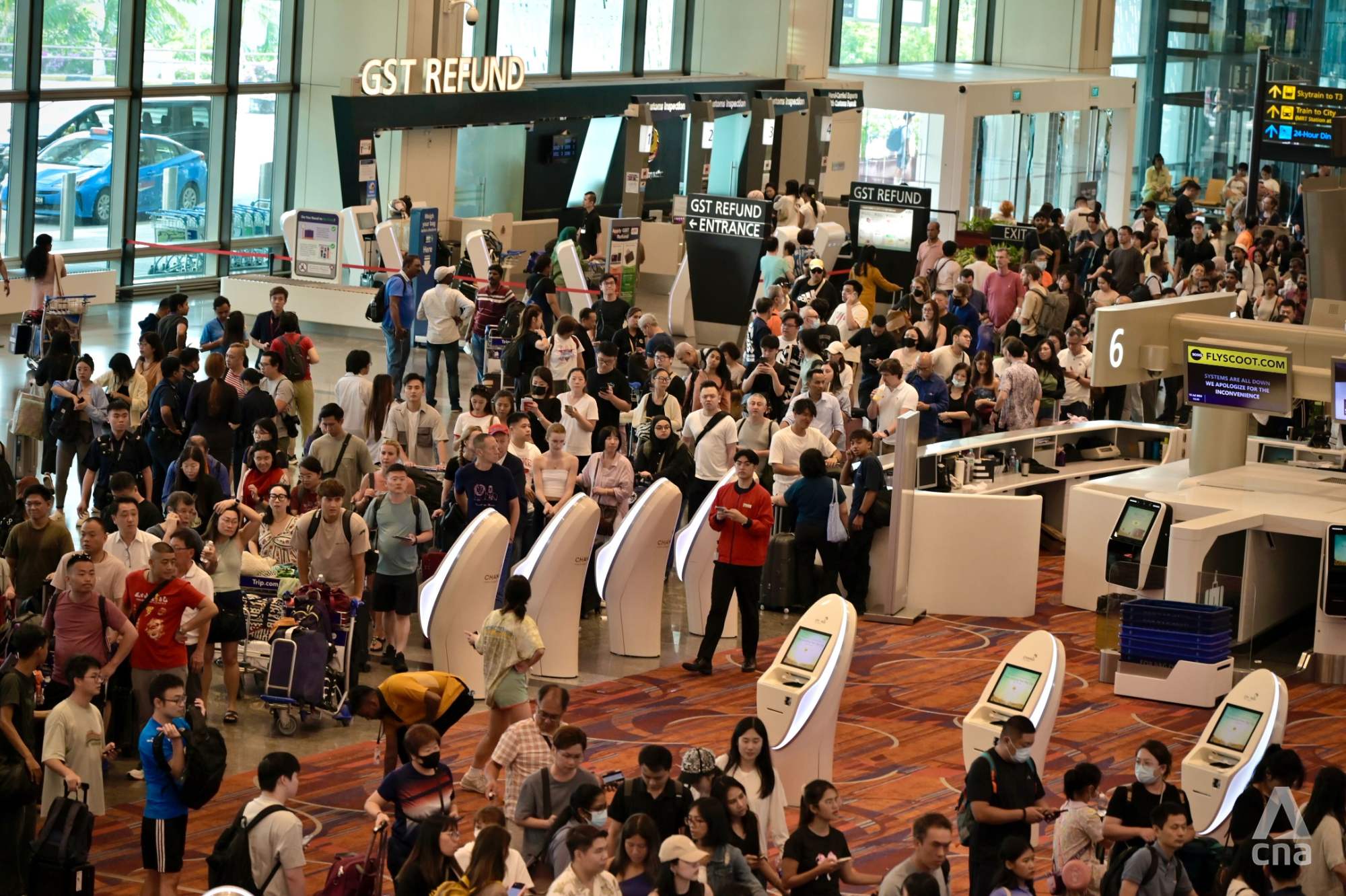
This tax is a significant aspect of Singapore's customs policy and can lead to penalties if not properly managed. Knowing the rules ahead of time can help you avoid complications at the border.

If you have been overseas for 48 hours or more, you can bring in goods valued up to S$500 (approximately US$390) without paying GST. For trips shorter than 48 hours, the relief limit drops to S$100. This relief is specifically designed to ease the burden on travelers and is a key aspect of Singapore’s approach to tourism.

It’s important to note that this relief does not apply to alcohol and tobacco products, which are subject to higher tax rates. According to The Straits Times, exceeding these limits results in taxable amounts that must be declared either before or upon arrival, potentially leading to fines.
In recent months, nearly 200 tourists faced penalties at Singapore’s land, air, and sea checkpoints for attempting to smuggle cash and evade taxes on imported goods. Reports from Asia One indicated that 153 tourists were caught for failing to declare items, including tobacco, alcohol, and luxury goods.

These incidents highlight the importance of being informed about customs regulations and understanding the potential consequences of non-compliance.
Travelers must declare all items acquired overseas, whether they are new purchases or items used during the trip, such as jewelry, designer handbags, and clothing. Singapore Customs mandates that all goods brought into the country are subject to GST, regardless of whether you have already paid foreign sales tax or VAT.

Misconceptions often lead to confusion; for instance, removing price tags or buying second-hand items does not exempt these goods from taxation. Only items already owned before leaving Singapore qualify as personal belongings that are exempt from GST.
Another common misunderstanding is that gifts are exempt from GST. In reality, all goods, including gifts, are taxed based on their total value upon entry. If someone gifts you a luxury bag worth S$5,000, you must declare it if it exceeds the GST relief threshold.

If a receipt is unavailable, customs officers will assess the item's value based on the price of similar goods. This can lead to unexpected tax liabilities, making it essential for travelers to be aware of the rules regarding gifts.

Travelers are consistently reminded of the critical importance of keeping their passports on their person or securely stored in a personal item, rather than stowing them away in carry-on luggage. This precaution is essential not just for convenience, but to avoid a range of potential travel disruptions that could derail your trip.
In 2024, the U.S. State Department issued an unprecedented number of passports, marking the third consecutive year of record-breaking figures. While the modern passport became widely utilized after World War I, the concept itself dates back to 450 B.C.E., when such documents were used to facilitate safe passage across borders.
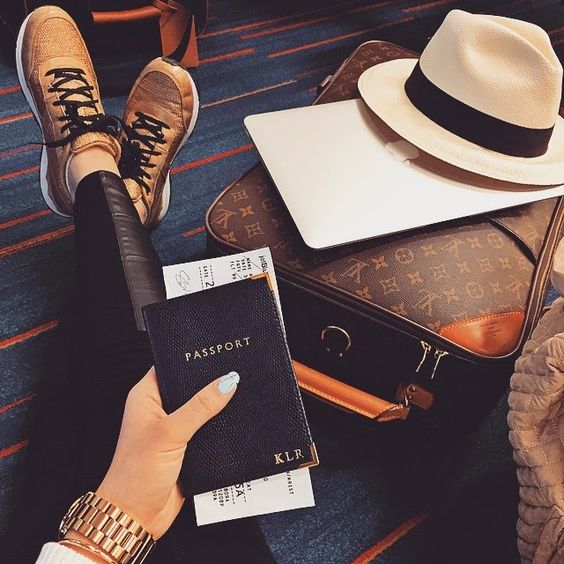
Today, a passport is indispensable for international air travel, and even domestic flights may require one if your driver's license isn't compliant with Real ID standards. This underscores the necessity of ensuring your passport is never placed in your carry-on.
Among the most dreaded experiences for frequent flyers is being forced to gate-check their bags. This occurs when passengers must check their carry-on luggage—often a wheeled suitcase—just before boarding the aircraft. As more travelers opt for carry-ons to avoid baggage fees, airlines are increasingly adapting their policies, potentially aligning with stricter international regulations regarding carry-on sizes.
If your passport is packed away in your carry-on and you're compelled to check it at the gate—forgetting to retrieve it—you could find yourself in a troubling predicament.
Without your passport, especially when traveling internationally, you may face severe consequences. Immigration, or passport control, usually occurs before you can access your checked luggage, and lacking your passport could result in being denied entry, facing fines, or even being detained. Furthermore, if you're connecting to a domestic flight, the absence of your passport could lead to missed connections.
For instance, if you're traveling from New York to Naples with a layover in Rome, not having your passport handy upon arrival in Rome could jeopardize your onward journey, potentially leaving you stranded.
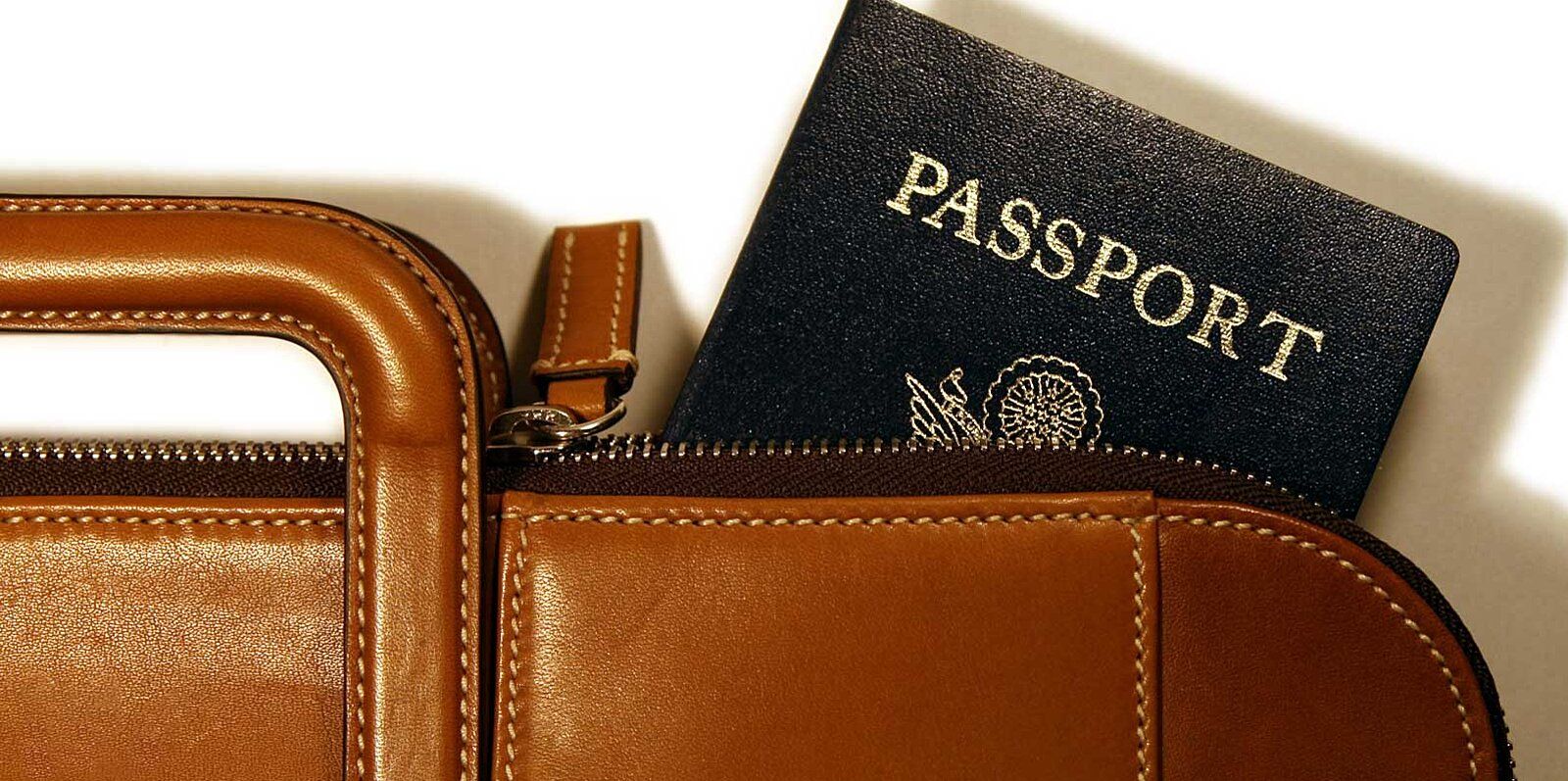
Even if your carry-on isn't gate-checked, it's still an insecure spot for your passport. In-flight theft, though often underreported, is a significant concern. Statistics indicate that incidents of theft can occur, particularly in crowded cabins where belongings are difficult to monitor. Often, overhead bins may not be directly above your seat, forcing you to store your bag several rows away, making it harder to keep an eye on your belongings.
Additionally, the phenomenon of "vacation brain" can lead to forgetting items, especially when you’re preoccupied with the excitement of travel. Retrieving forgotten belongings can also be difficult if the aircraft is scheduled to depart again soon, as crew members may be focused on preparing for the next flight.
A notable incident in 2018 involving a young couple from the U.K. traveling to Greece illustrates the risks of misplaced passports. After accidentally leaving their passports on the plane, they faced immediate consequences, being sent back to the U.K. on the next available flight. Their passports were never recovered—an outcome that could befall anyone who places their passport in a checked bag.
The process of replacing a passport can be not only expensive but also time-consuming, requiring various forms of identification and documentation to be gathered.
To avoid such pitfalls, savvy travelers keep their passports on them at all times. This doesn’t mean resorting to outdated money belts; modern, stylish options such as belt bags, crossbody purses, and travel clothing with deep pockets are widely available.
If you choose to use a pocket for your passport, make sure it is zippered and easily accessible, as you'll need it during security checks, boarding, and immigration processes. Additionally, consider using a travel wallet that can hold your passport, tickets, and other important documents together, making it easier to manage during your journey.
Beyond just safeguarding your passport, being organized and prepared can enhance your travel experience. Familiarize yourself with the customs and immigration procedures of your destination to avoid surprises. Always have digital and physical copies of your important documents stored securely, whether on your phone or in a separate location from the originals.
By taking these precautions, you not only protect your passport but also ensure a smoother, more enjoyable travel experience. Ultimately, your passport should remain in your personal item, which should always be within reach throughout your journey, allowing you to travel with confidence and peace of mind.

Renowned as one of the world’s premier airports, Hamad International Airport (HIA) is a vibrant hub bursting with activities for travelers during layovers. Opened in 2014, HIA has quickly established itself as a leading global gateway, connecting passengers to over 160 destinations worldwide. Recognized in the 2024 Skytrax World Airport Awards as the "World’s Best Airport," it has also claimed the title of "Best Airport in the Middle East" for ten consecutive years.
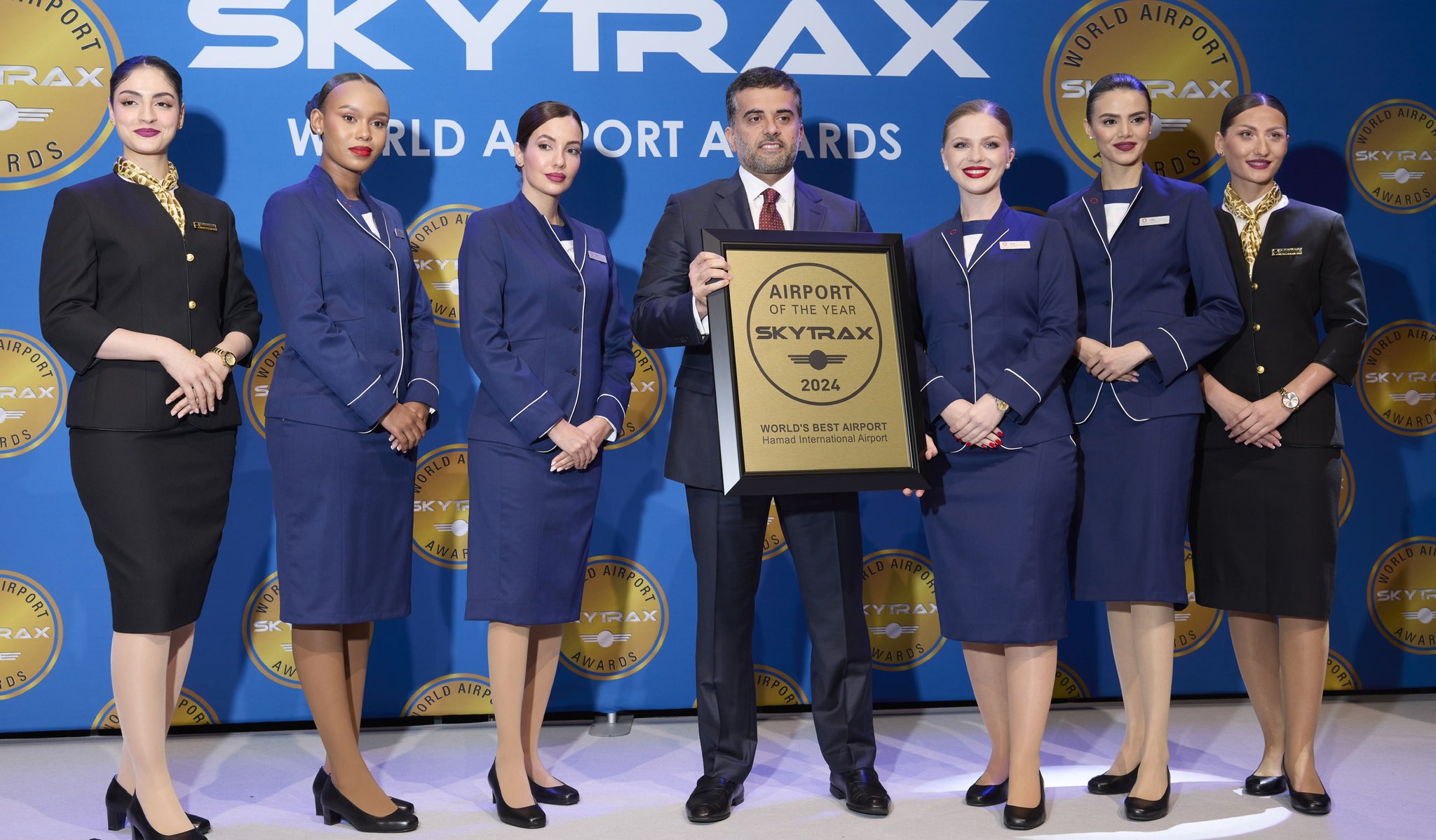
HIA is not just an airport; it’s a destination in itself, featuring state-of-the-art design, luxurious amenities, and a commitment to passenger comfort. With its spacious terminals, cutting-edge technology, and exceptional customer service, the airport offers an unparalleled experience. Whether you’re traveling from the Indian subcontinent to Europe, Africa, or the United States, your layover at HIA can be both enjoyable and productive.
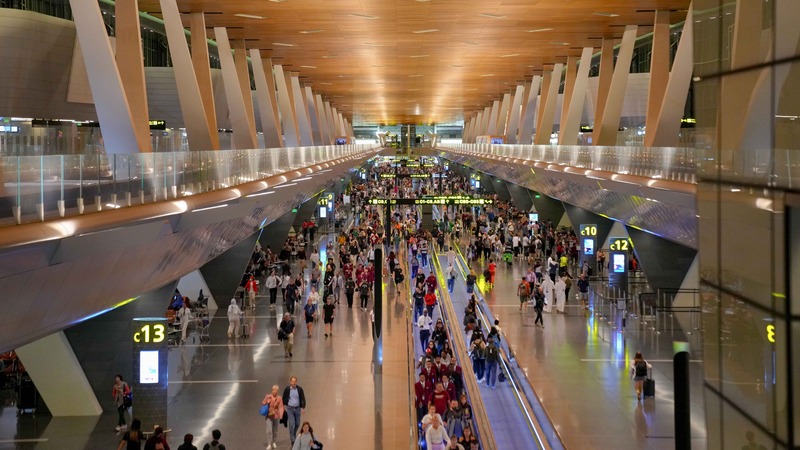
As you explore the airport, you’ll discover a wealth of attractions, from art installations and wellness centers to gourmet dining options and shopping galore. Here’s a closer look at what you can do during your layover at this remarkable airport.
For fitness enthusiasts, the Vitality Wellbeing and Fitness Centre is a must-visit. Located on the fourth floor of the Oryx Airport Hotel, this award-winning facility features a fully equipped gym, a stunning 25-meter swimming pool with panoramic views of the runway, a premium golf simulator, and squash courts.

The center also offers yoga classes and personal training sessions, making it easy to stay active during your layover. Open daily from 6 AM to 2 AM, it’s the perfect spot to energize before your next flight!
Art lovers will be captivated by the airport’s impressive collection of installations. Marvel at the whimsical "Lamp Bear" by Swiss artist Urs Fischer, a 20-foot sculpture that delights visitors of all ages.

Another highlight is the "Wildlife Wonderscapes" installation by artists Gillie and Marc Schattner, which features life-sized sculptures of endangered animals, prompting reflection on conservation efforts. With approximately 30 art pieces scattered throughout the terminal, HIA transforms waiting time into a cultural journey that showcases both local and international talent.
Step into The Orchard, a lush indoor garden that provides a peaceful sanctuary for weary travelers. Spanning 6,000 square meters, this serene space boasts over 300 trees and 25,000 plants, creating a tropical atmosphere. The innovative design utilizes a stunning 85-meter grid shell roof, allowing natural light to flood the area while regulating temperature for comfort.

As part of the LEED Gold-certified Central Concourse, The Orchard emphasizes sustainability and passenger well-being, making it a perfect spot to unwind.
HIA offers several world-class lounges, including the exclusive Al Mourjan Lounge, which features a serene garden, spa facilities, and a restaurant serving gourmet meals. Other options like the Al Safwa First Lounge for Qatar Airways first-class passengers provide private sleeping rooms and showers.

The Muzn Lounge caters to families and children with special needs, featuring a sensory room designed for relaxation. Day passes are available for most lounges, allowing travelers to enjoy luxurious amenities and high-speed Wi-Fi to stay productive during their layover.
Pamper yourself at the Vitality Wellbeing and Fitness Centre with an array of rejuvenating treatments. Choose from soothing massages, invigorating aromatherapy sessions, and beauty treatments that include manicures and pedicures.

Hydrotherapy and hot stone treatments are also available, ensuring you feel refreshed and revitalized before your next adventure. Booking treatments in advance is advisable, especially during peak travel times.
With over 50 retail outlets, shopping at HIA is a delightful experience. Explore high-end brands like Burberry, Rolex, and Gucci, or find unique local souvenirs at Souq Al Matar, which recreates a traditional Qatari souq experience.
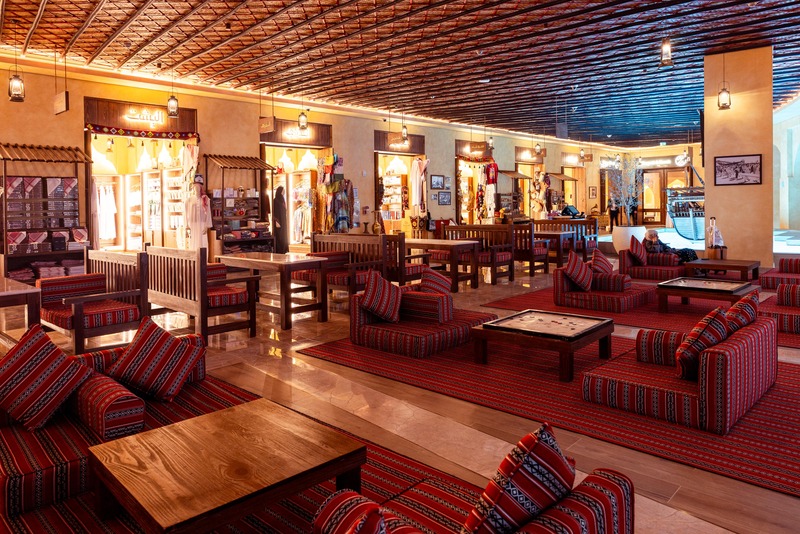
This vibrant area features shops selling traditional clothing, handicrafts, and Qatari delicacies. Don't miss out on duty-free deals, as many shops offer exclusive products that are available only at the airport, making it a great opportunity to stock up on gifts and luxury items.
Dining options at HIA are virtually limitless! Sip expertly brewed coffee at Fendi Café, enjoy high tea at the elegant Harrods' Tea Room, or indulge in a meal at Gordon Ramsay’s Burger and Street Pizza. For a truly unique experience, dine at the Louis Vuitton Lounge, where chef Yannick Alléno creates exquisite dishes.

Many restaurants also offer takeout options, so you can enjoy a meal on the go. Be sure to try local Qatari specialties, such as Machboos and Harees, available at various dining venues.
Feeling fatigued? The sleep’n fly lounge offers comfortable accommodations on a pay-by-the-hour basis, with options ranging from cozy sleep pods to family cabins designed for multiple occupants.
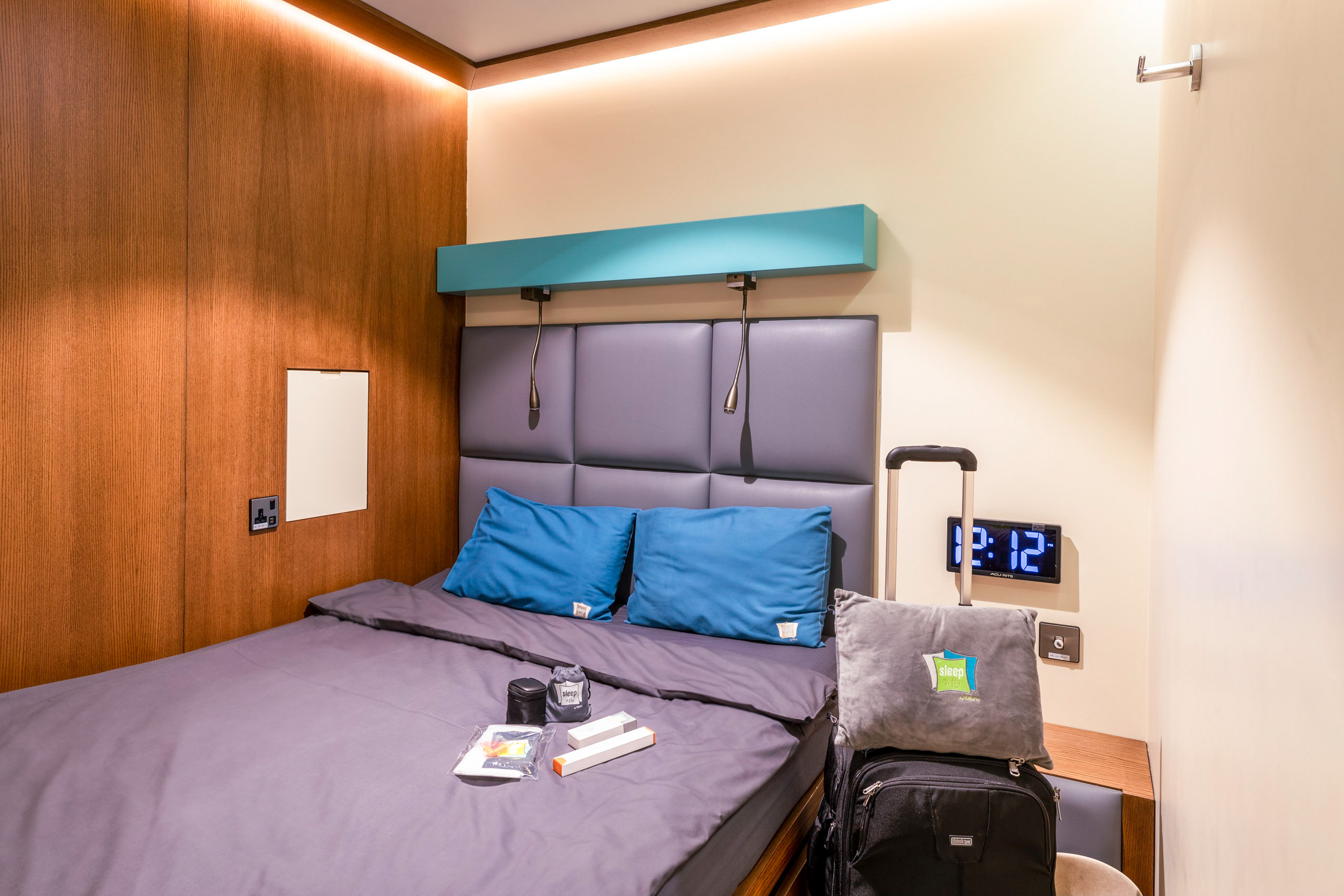
Additionally, numerous quiet rooms throughout the airport provide a serene atmosphere for resting or catching up on reading. Travelers can also take advantage of the 24-hour baggage storage service, allowing you to explore the airport unencumbered.
Hamad International Airport is well-connected to the city and surrounding areas. If you have a longer layover, consider taking a short trip into Doha. The airport offers convenient transportation options, including taxis, ride-sharing services, and public transport.
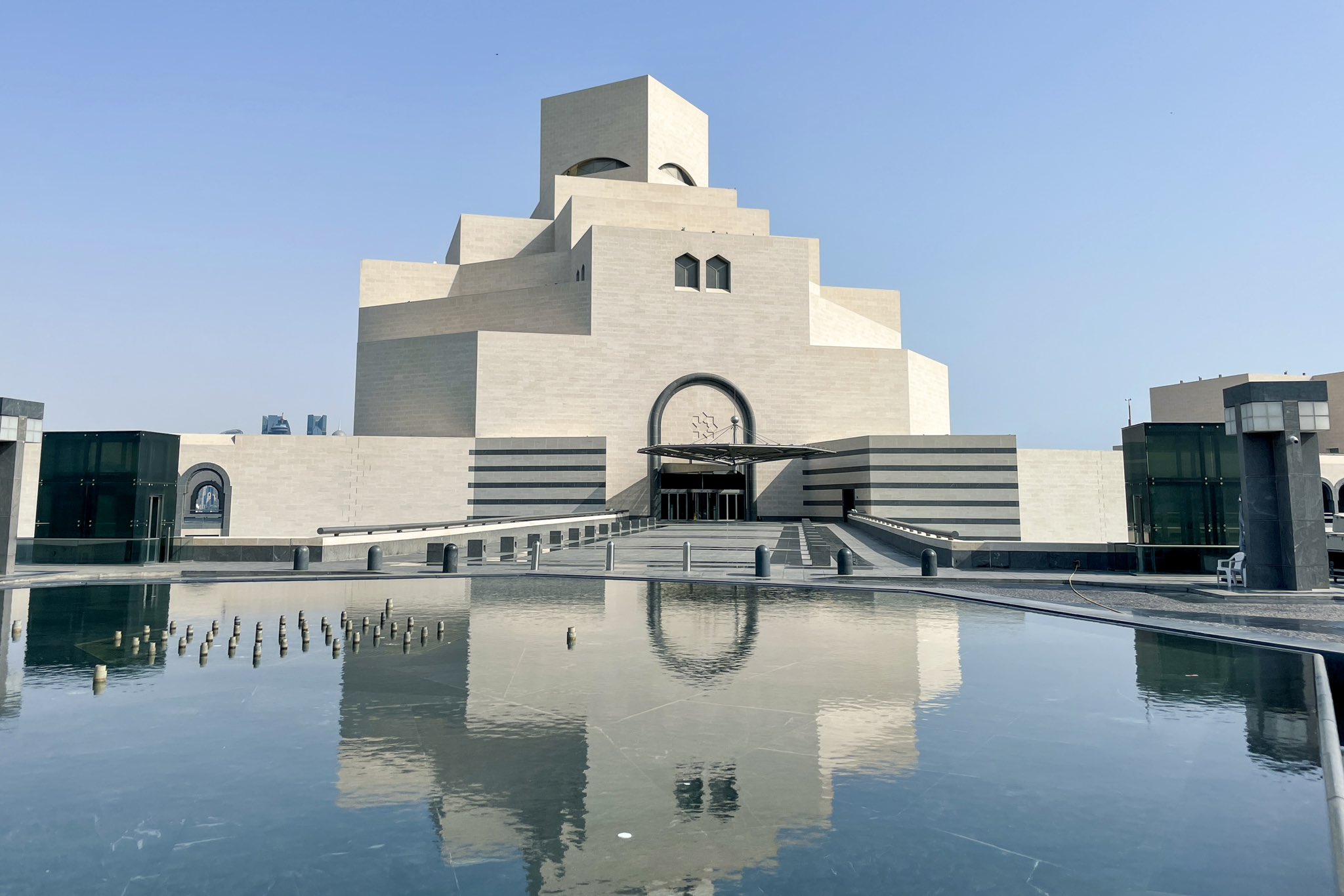
The Doha Metro provides an efficient way to access the city, with a dedicated station at the airport. If time allows, visit the Museum of Islamic Art or explore the Souq Waqif, a bustling market where you can experience traditional Qatari culture.
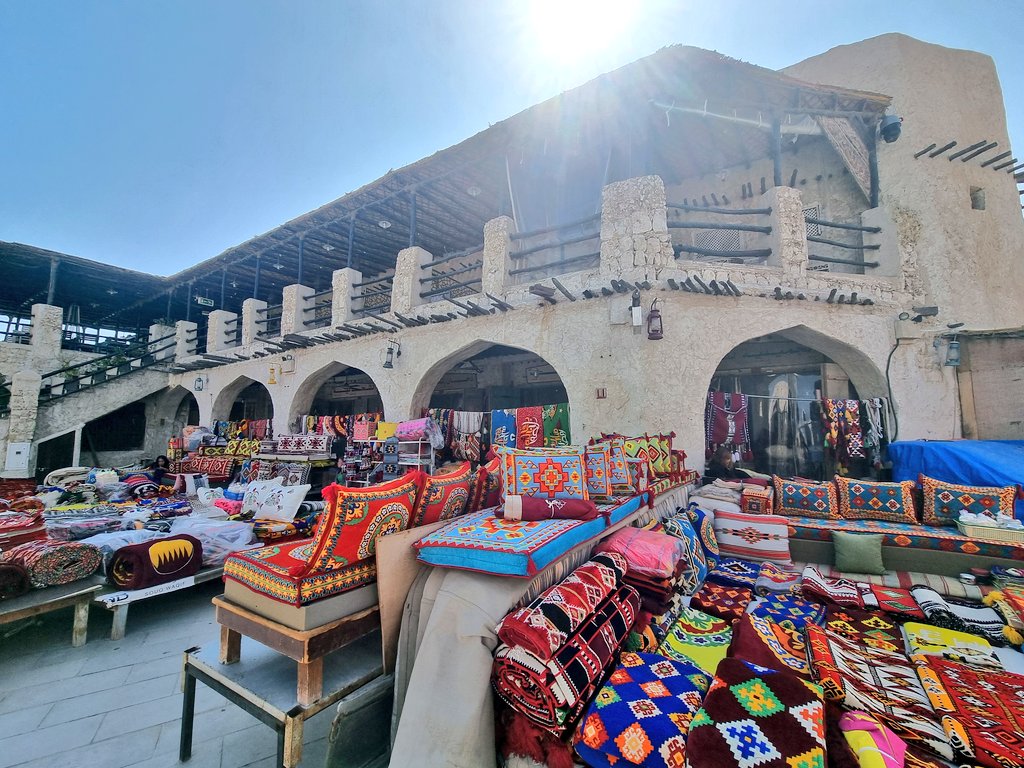
.jpg)
In summary, Hamad International Airport is more than just a transit point; it’s a destination filled with engaging activities, luxurious amenities, and practical services. Make the most of your layover at HIA and experience all it has to offer!

Starting June 1, 2025, travellers holding Mastercard and Visa credit cards in the United Arab Emirates will face significant changes to their airport lounge access privileges. These updates, introduced by both payment networks, are designed to streamline the lounge experience and better manage the growing number of passengers at major UAE airports.

The new rules impact eligibility, required registrations, and the number of complimentary visits, making it essential for cardholders to review their benefits and prepare before their next trip.
Key Points:
Mandatory App Registration:
Annual Visit Limits:
Mastercard:
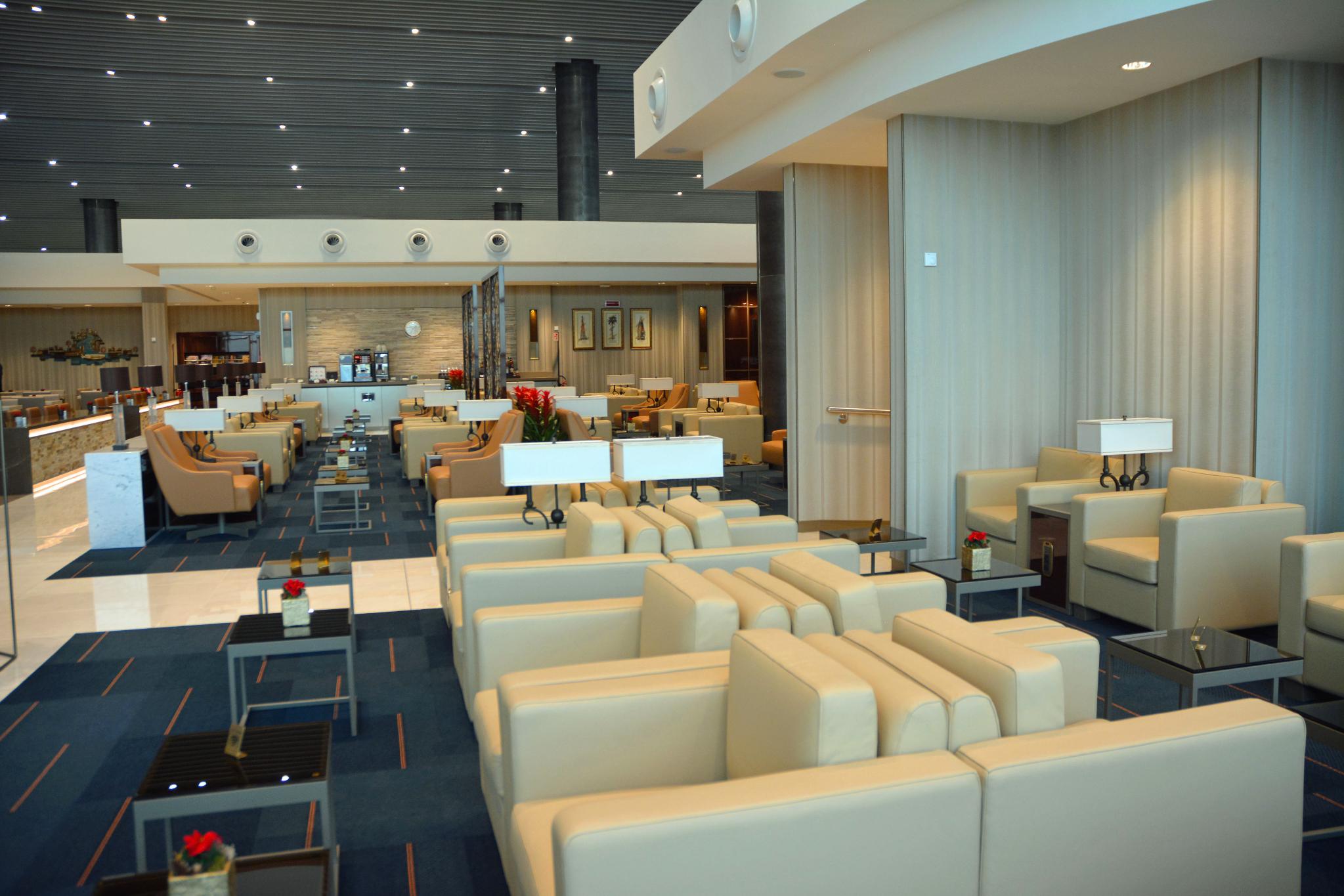
Visa:
Spending Requirements:
Transition Period:
Supplementary Cardholders:
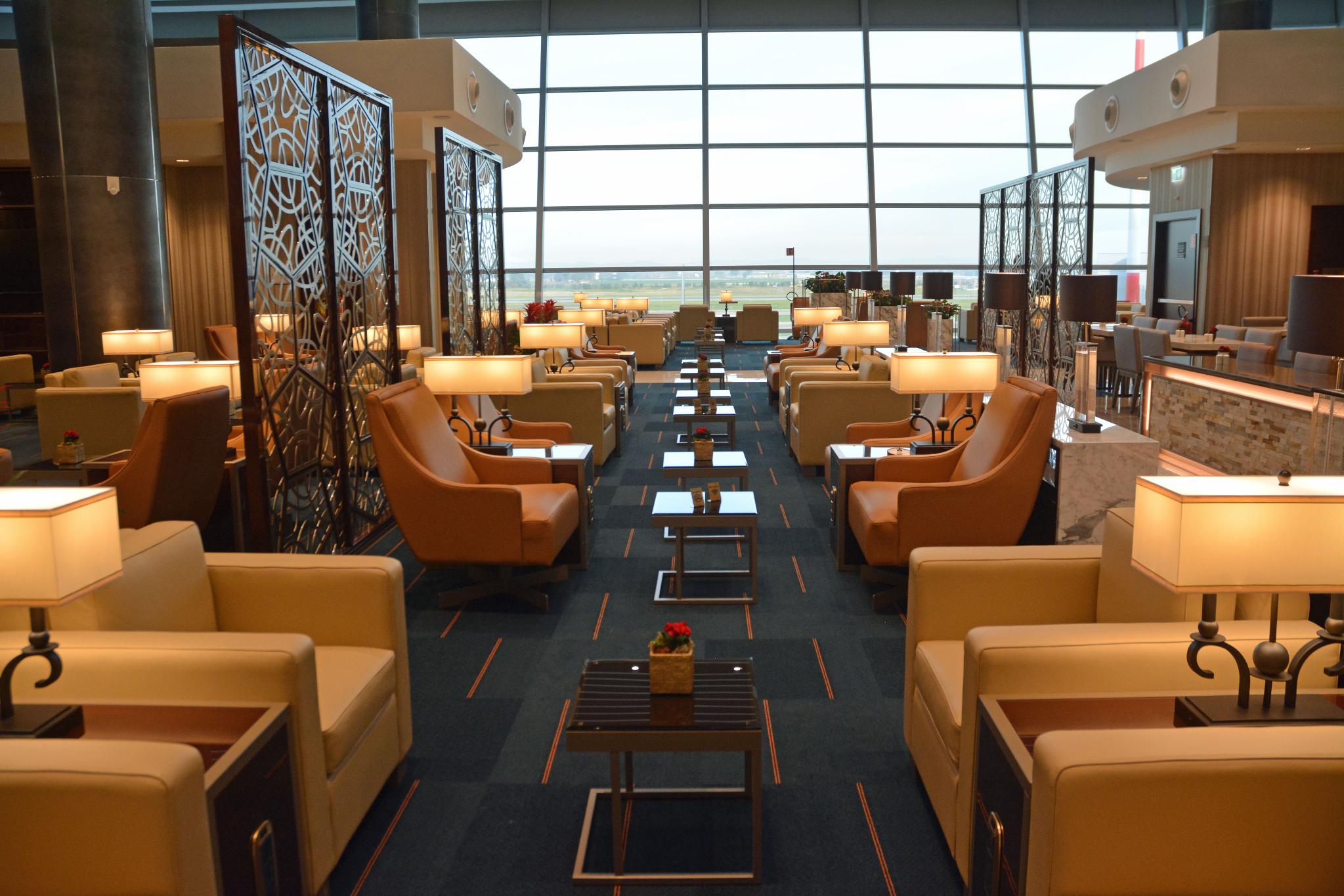
Guest Access:
Digital Experience:
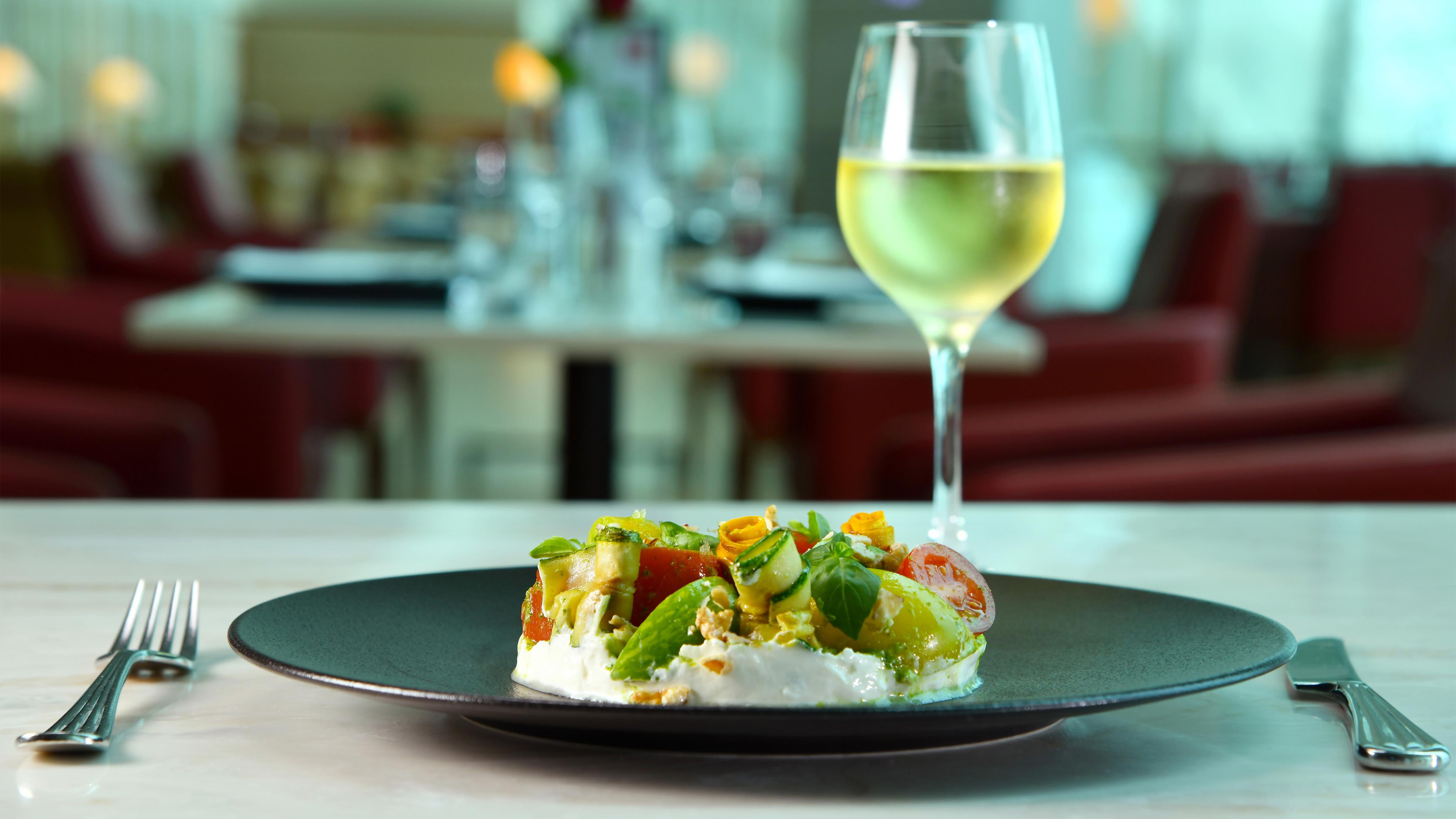
Preparation Tips:
By following these steps, you can ensure a smooth and enjoyable airport lounge experience under the new rules.

For many travelers, flying business class represents the pinnacle of air travel comfort, offering spacious seats that convert into beds, gourmet meals, priority boarding, and attentive service. However, the high price tag often puts these luxuries out of reach for most. Business-class tickets can easily exceed $3,000, making them a significant investment for any traveler.

Fortunately, savvy travelers have developed numerous strategies to access business-class travel without paying the full fare. With the right knowledge and planning, you can enjoy the perks of premium flying while keeping your budget intact. From leveraging credit card points to utilizing bidding systems and exploring boutique airlines, there are various approaches to help you secure a business-class seat at a fraction of the cost.
.jpg)
In this guide, we’ll explore effective strategies, insider tips, and additional resources that can transform your travel experience, making luxury air travel not just a rare treat but a more frequent reality. Whether you're a seasoned traveler or planning your first trip, these hacks will empower you to fly in comfort without breaking the bank.
Many airlines now offer bidding systems that allow economy passengers to attempt to secure discounted business-class seats. Major airlines such as Air Canada, Lufthansa, Qantas, Virgin Atlantic, and LATAM collaborate with travel tech company Plusgrade to facilitate these auctions. The bidding process is straightforward: travelers visit the airline’s bidding page, enter their booking confirmation, and submit a bid, usually starting around $300.
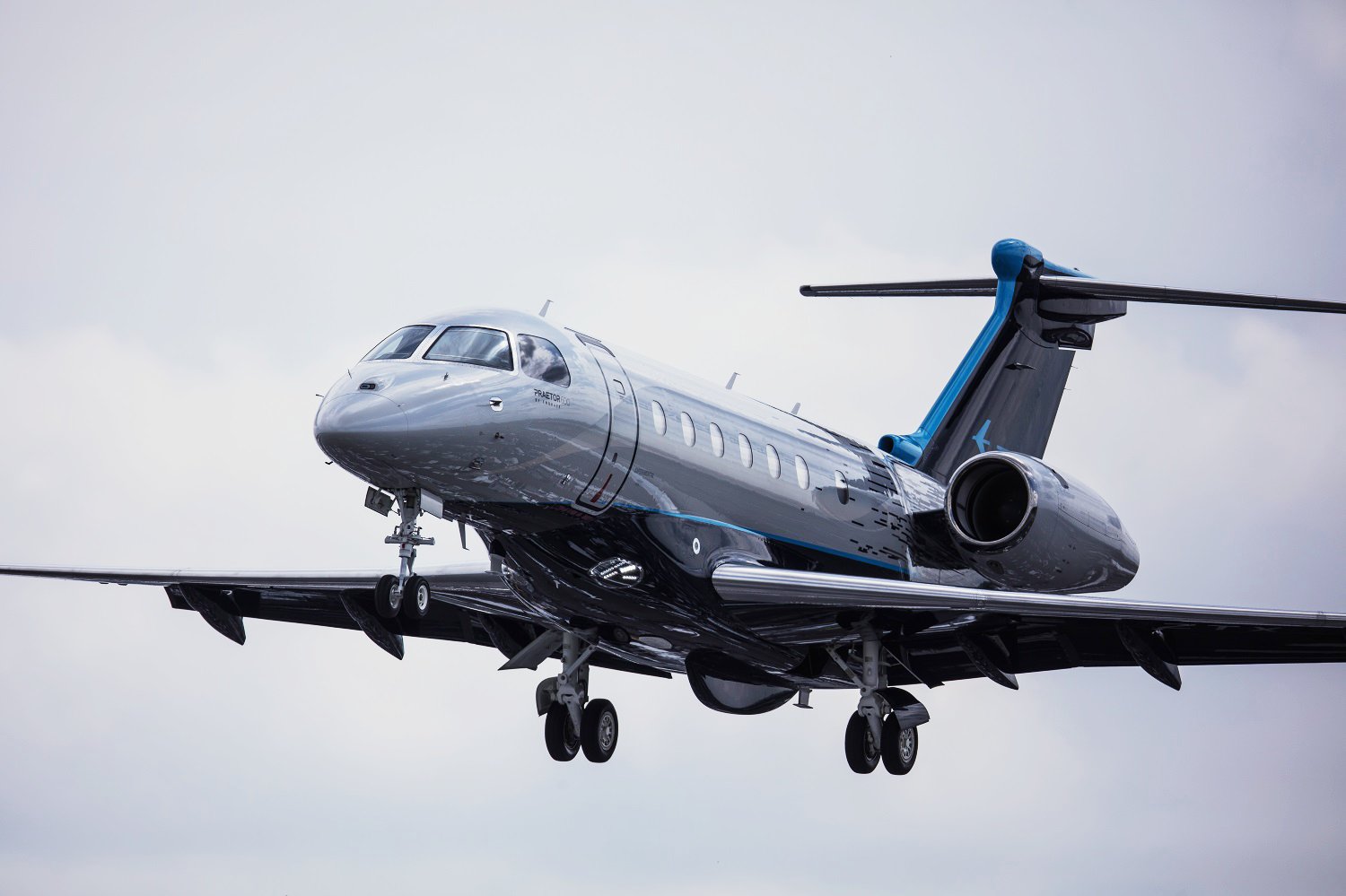
Keep in mind that successful bids often depend on factors like route demand and time of year. Bidding closer to the departure date may increase acceptance chances, especially for underbooked flights. Additionally, consider the potential for last-minute upgrades at the airport, where agents may offer discounted upgrades for available seats.
Leveraging credit card points and airline miles is one of the most effective ways to access premium travel. Many travel rewards credit cards offer substantial sign-up bonuses and ongoing points for everyday purchases. Experts from Going have noted that business-class flights to Spain can be booked for as few as 54,000 points round-trip, compared to the usual cash price of over $3,000.

To maximize value, consider transferring points between credit card programs and airline loyalty programs, as some offer better redemption rates. Additionally, keeping an eye on promotions can significantly boost your point balance. Some cards also offer additional points for travel-related expenses, enhancing your ability to book business-class travel.
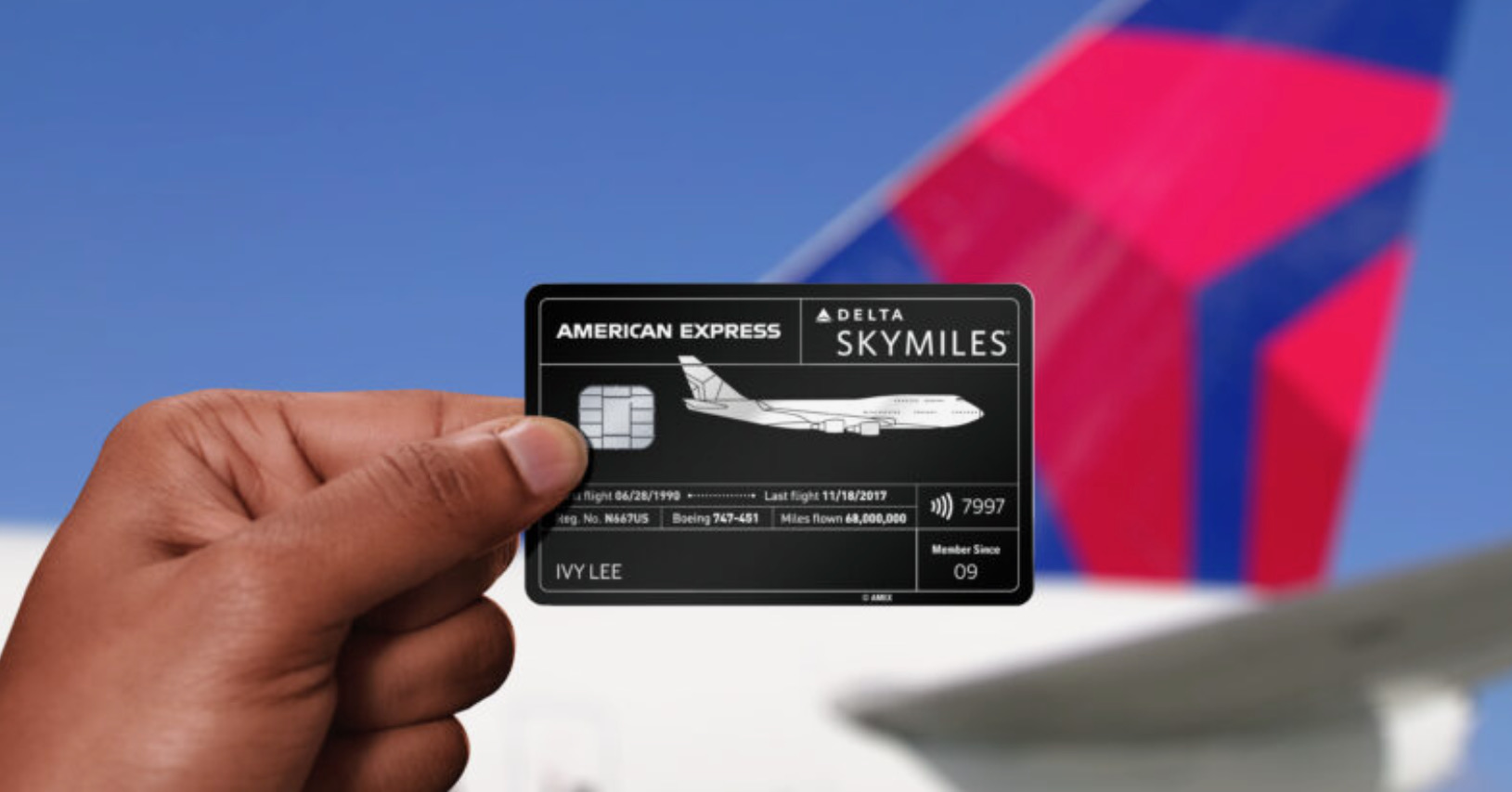
Joining an airline's loyalty program can lead to complimentary upgrades based on status. For example, Angel Trinh, a travel expert, shared how her American Airlines Platinum Pro status earned her an upgrade on a flight from Miami to the Bahamas. Earning elite status requires enrolling in a loyalty program and accumulating miles through various means, including credit card spending and hotel stays.

Many airlines now have increased thresholds for elite status, making it more challenging to achieve. However, some airlines offer "soft landing" programs that allow members to maintain their status even if they fall short of the usual requirements. Additionally, consider using co-branded credit cards that offer benefits such as bonus miles for each dollar spent on the airline.
For those seeking enhanced comfort without the full business-class fare, several airlines offer intermediate cabin options known as "business-lite." These services provide significant upgrades over economy without the high costs. Icelandair's Saga Class and Norse Atlantic's Premium offer wider seats and more legroom, providing a first-class experience on domestic flights.

Airlines like Air France and British Airways have introduced products like Premium Economy, which offers larger seats and enhanced dining options at a more accessible price point. Researching airlines’ offerings on specific routes can help identify the best "business-lite" options available.
Creative routing can help reduce business-class costs significantly. By traveling through larger hub airports where competition is greater, travelers can find lower fares. For example, a business-class flight from Pittsburgh to London might cost around $3,600, but adding a connecting flight from Pittsburgh to Washington, D.C., could save over $1,000.
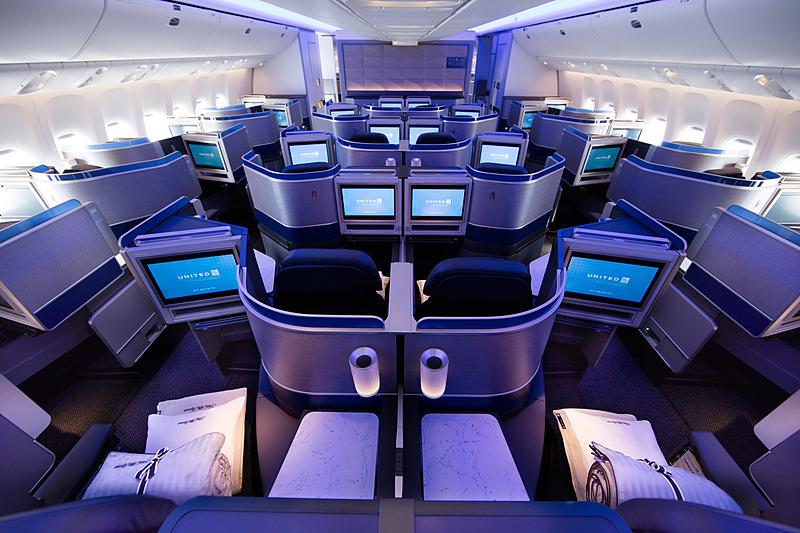
Using flight search engines that allow for multi-city searches can streamline this process. Look for itineraries that include layovers in major hubs, as they often offer better pricing and availability. Additionally, consider using flexible date searches to find the best fares.
When flights are overbooked, airlines often seek volunteers to take later flights, which can lead to upgrade opportunities. Gate agents prefer volunteers and may offer incentives such as travel vouchers, cash, or even premium seats on later flights.
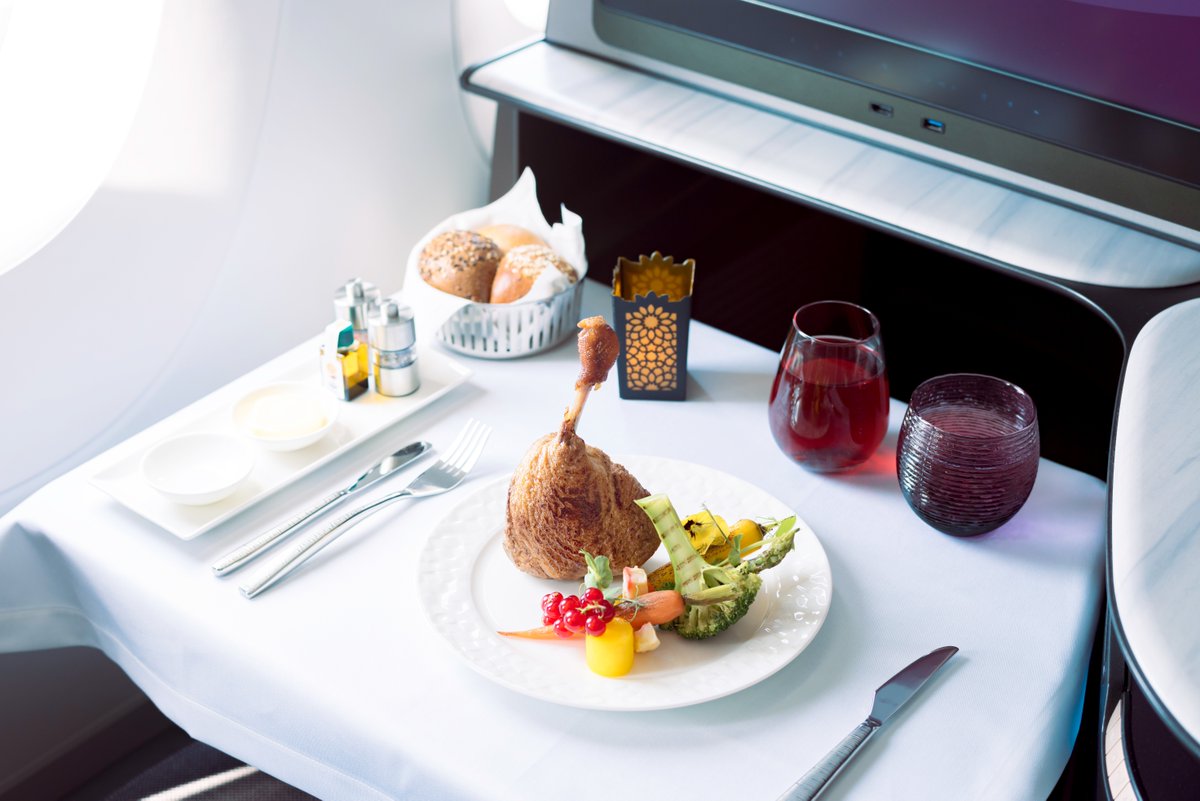
To leverage this strategy, check for business-class availability on subsequent flights and politely inquire about upgrade options if volunteering. Being flexible with travel plans can enhance your chances of benefiting from this method, as it allows you to adjust your itinerary to take advantage of available upgrades.
Specialized deal-tracking services can help monitor business-class fare reductions. Going offers an Elite membership that alerts users to premium cabin sales from various airports, while Ashley Gets Around focuses on “mistake fares” that can provide exceptional value. Recent alerts have included deals such as Boston to the Netherlands for $1,999 and Los Angeles to Tokyo for $1,809 round-trip in business class.
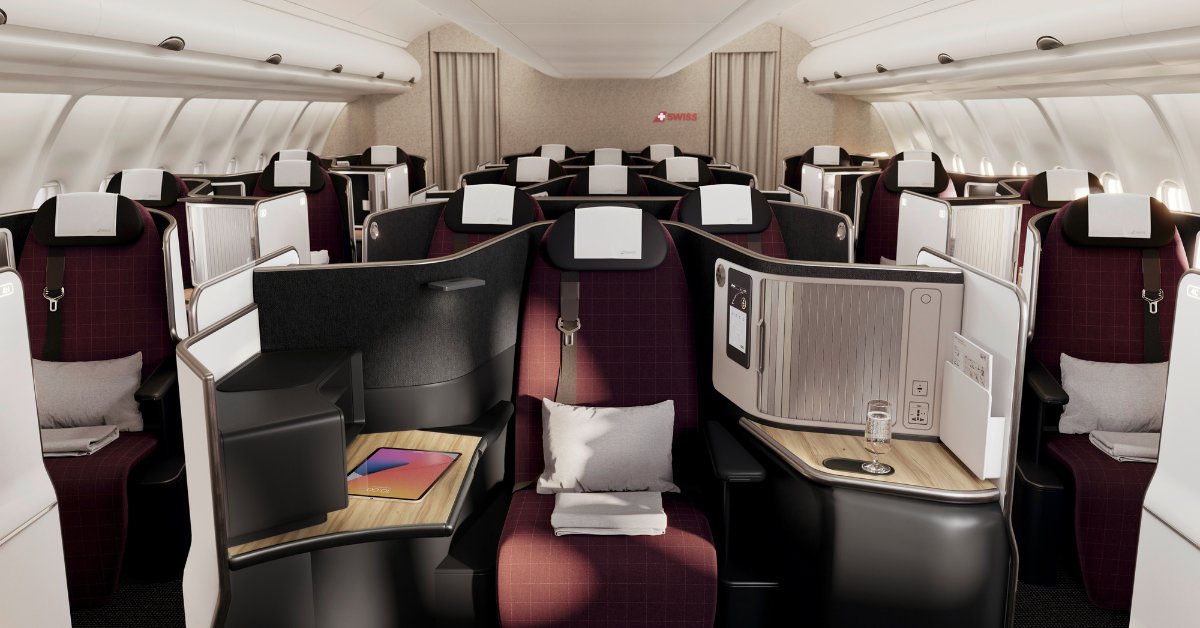
Signing up for newsletters from travel websites and forums can keep you informed about flash sales and limited-time offers. Joining social media groups dedicated to travel deals can also provide real-time updates and tips from fellow travelers.
A growing number of boutique airlines focus exclusively on business-class service at more affordable prices. French airline La Compagnie operates transatlantic routes with business-class-only aircraft at about half the cost of larger carriers. Similarly, Beond, a Maldivian airline, offers competitive pricing for its exclusive business-class service.
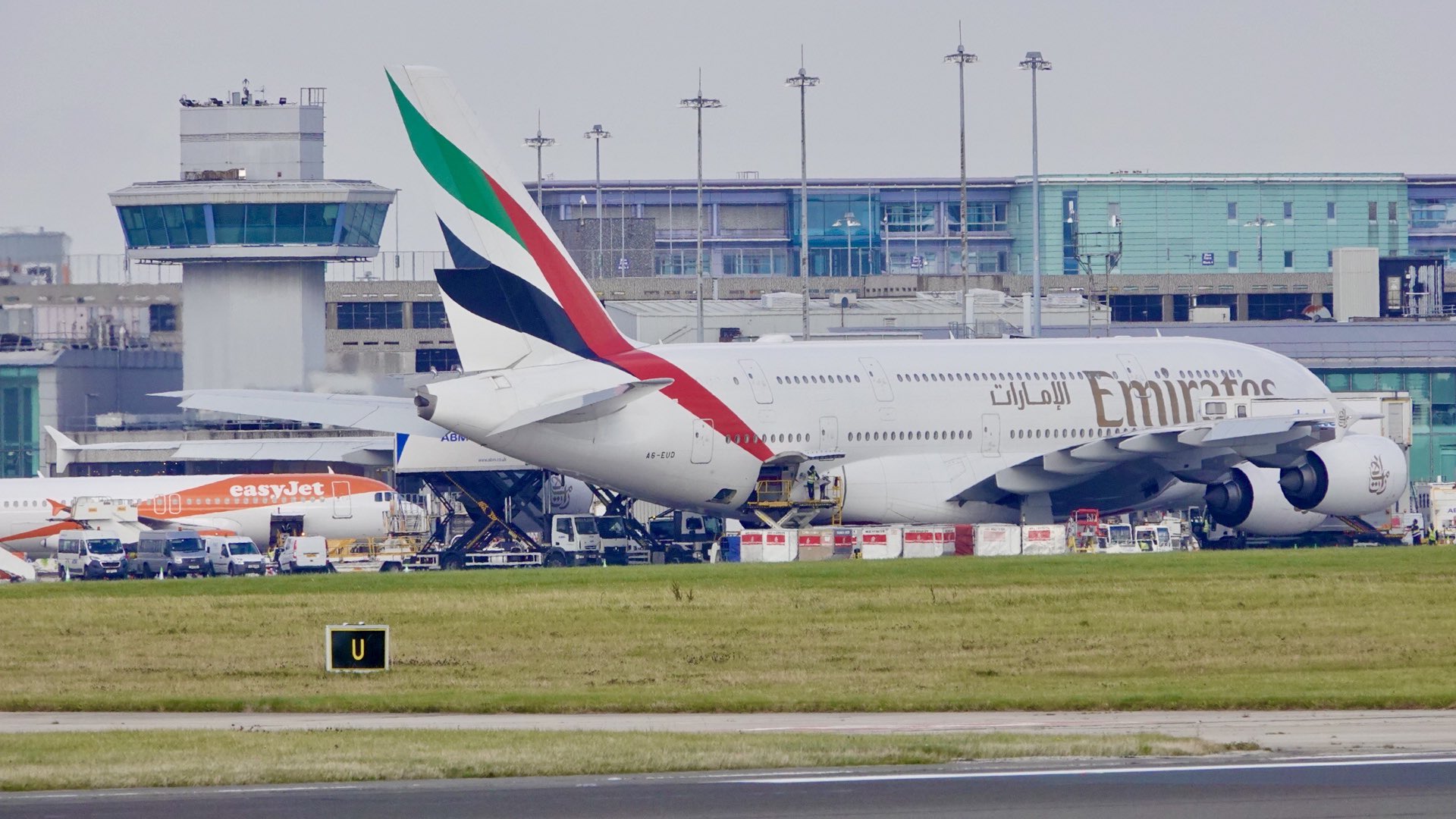
These specialized carriers may operate limited route networks but provide substantial value on the corridors they serve, allowing travelers to enjoy premium services without the premium price. Moreover, boutique airlines often emphasize personalized service and a unique travel experience.
While business-class travel can be costly, these strategies can significantly reduce expenses. By utilizing points and miles, exploring specialized airlines, and planning strategically, travelers can enjoy the luxury of business-class travel more regularly.
With flexibility and patience, the dream of flying in comfort can become a reality without breaking the bank. Stay connected for more travel insights and updates, and follow us on social media for the latest tips and deals!